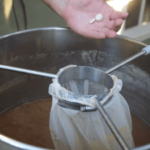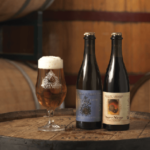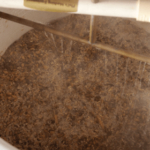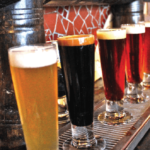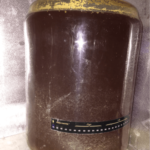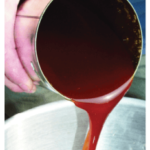Articles
Using Yeast Nutrients
When I was a kid, my grandma would buy sampler packs of single-serving boxes of Kellogg’s cereal for my brothers and me. Remember those? Invariably, the last one to get eaten was
Beer-Wine Hybrids
Beer and wine hybrids are bridging the gap between breweries and wineries
Icicle Brewing Company
The Priebe Porter is a classic representation of an American robust porter. The color is very dark brown but still displays nice clarity and beautiful ruby highlights.
Theory and Practice of Lautering
Lautering is the act of separating sweet wort from spent grains. The act of lautering wort is physically very similar to filtration. The flow of wort through a grain bed can be
Brewer’s Yeast & Brett Fermentation Flavors
Yeast cultures have flavor. Ever tried one? An unfiltered beer with yeast in it therefore will have yeast flavor. But what about filtered beers? Yes, those beers have yeast-derived flavors too. Yeasts
Stein Beer
Brewing on the homestead is just like living on the homestead: You grow your own, you make your own (when possible), you try to avoid buying stuff, you learn the conventional methods
Malting At Home
Want to take complete control of your beer’s flavor? Then malt your own barley! Everything you need to know is here.
Lager Fermentations: Tips from Pros
We all love to drink tasty, cool-fermented lagers, but when it comes to fermenting them it is sometimes easier said than done. in this issue, two lager experts discuss some advice for running your best lager fermentation.
Preventing Diacetyl
Vicinal diketones (VDKs) are the products of normal beer fermentation within a brewery. The two VDKs that are of primary concern to brewers are 2,3-butanedione (diacetyl) and 2,3-pentanedione. Diacetyl in a finished
Late Extract Additions and Impact on Hopping
Many authors (including me) recommend that you do a full wort boil (5 gallons/19 L if that is to be the final volume of wort at pitching) when brewing with malt extract,
Yeast Problems, Fermentation Temperature & Oxidation: Mr. Wizard
Q I’m an extract brewer (that also steeps) and I recently noticed a bunch of white spots on top of my brew (which was a wheat recipe) after I transferred it to
Oxygenation of Wort
Availability of dissolved oxygen to yeast during the initial stage of fermentation is very important. Yeast use oxygen to build cell membrane components that are essential to replication. Unsaturated fatty acids, sterols
